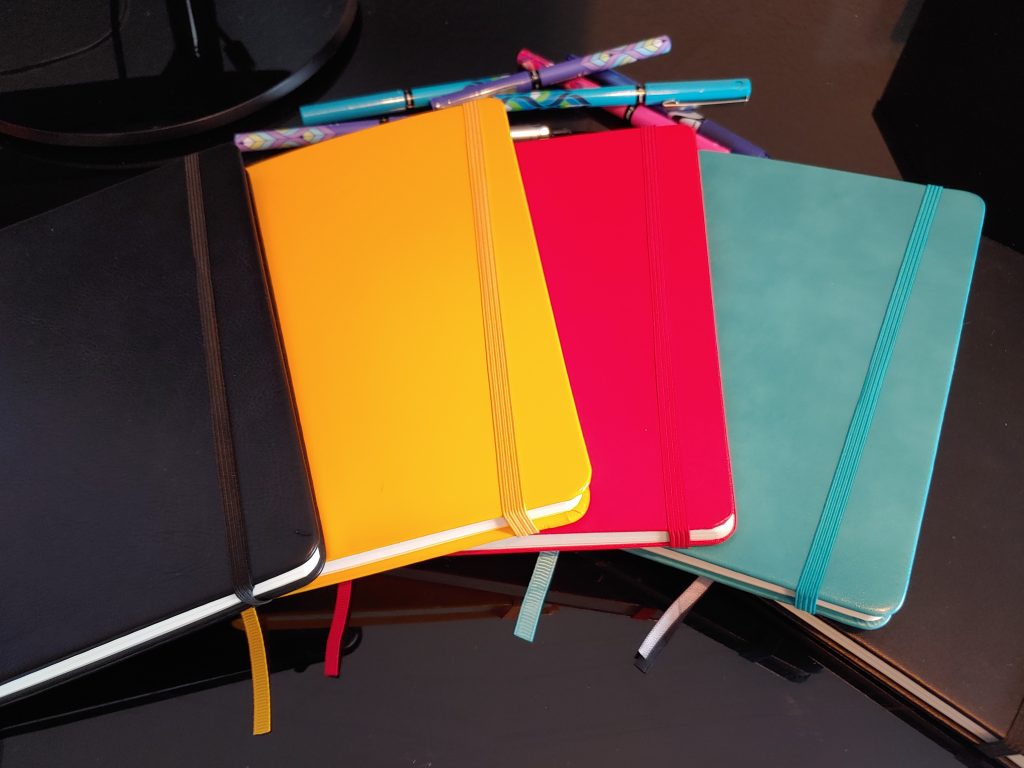Fight for User Centric Payouts on Spotify

Will User Centric payouts on Spotify (and other streaming platforms) be a game changer? It’s hard to say when nobody has given the model a fair shake.
Taking a Step Back
This post is a bit of a left turn from my past couple, but it’s an important topic: how Indiepreneurs make money.
For recorded musicians, getting paid means getting streams on Spotify. Sure, streaming might have been a sore point for superstar artists a few years ago (remember the innocent year of 2015 when Taylor Swift argued artists shouldn’t have their music on the services?), but now that even the Beatles are streaming, the thing is set in stone.
The problem is that the money from streaming often isn’t great.
Since I’m a boring accountant instead of a musician, I don’t have any any first hand experience posting on Spotify (turns out “Sounds of Man Using 10-Key” will never get a listen), I turned to the web to get some payout information.
Indie artist Dino Olivieri (whose music I listed to while writing this post as a thank you) posted a good breakout on his website. Visual Capitalist did something similar, but with infographics showing “how many streams to earn a dollar“. It’s fascinating–and potentially depressing–reading.
You’re selling your music for very little per stream. But if you want your typical person to play it, that’s the only real option.
Along Comes User Centric Payouts
There seems to be at least some heat growing behind the idea of moving to User Centric payouts. Deezer seems to be the farthest along, with a website actually explaining what it is, and apparently beta testing the thing in France.
So what is it? The idea is simple. Right now, streaming services collect money from the users (which I hear averages about $7 per user across the US industry) and put it in a big pot. Then they pay out based on the number of streams.
A User Centric model would instead take that $7 per user and divvy it up based on the artists they actually listen to.
The easiest way to see this is through an example.
The Current Model
Let’s say my friend and I are the only two users on Spotify, and we both pay $10 a month. And let’s say the only music options are Taylor Swift and Spoon.
My friend Shakes It Off and listens to Taylor Swift 900 times in a month. I listen to Spoon only 100.
That means 90% of the available money would go to Ms. Swift, and 10% would go to Spoon. So after Spotify takes their cut (something like 30%), that leaves $12.60 and $1.40 per artist.
The User Centric Model
Now let’s switch it up. If we used the User Centric Model, all of my friend’s subscription money would go to Taylor Swift, and all of mine would go to Spoon. Or $7 each.
The Big Problems
When I explain this new model, it seems obvious we should make the change. I mean, I’m trying to support the music I like. Why should my support be diluted because some teeny bopper listens 24/7 to the latest pop trash?
Well, there’s complications. Let’s look through them.
Complication #1 – It’s, Well, Complicated
The biggest issue by far with this new model is that it’ll be much more complicated to manage. Rather than looking at money received per month and comparing it to streams per month, Spotify and co. would need to create a massive report that links each user to each artist stream. And that’s an administrative headache.
Spotify’s former chief economist claims that the new model would cost so much to administer that it would eat into any potential benefit. Plus it would make artist revenue less predictable. While he may have a point, he’s not exactly unbiased in this fight.
For the artist, it would be difficult to verify they’re paid fairly. Right now, I could count the streams and multiply it by my few cents and approximate what I should get paid. The new model would make that virtually impossible.
Complication #2 – It Might Not Be Beneficial
If you ask Apple–again, not exactly unbiased in this fight–Taylor Swift actually subsidizes other artists. They believe the payout would end up being less per typical artist rather than more.
Complication #3 – Most Users Don’t Care
I’m going to say something, and it’s gonna hurt: most people don’t care about how much you get paid.
That’s not universally true, obviously. Some people will go out of their way to make sure artists are paid fairly. But more do the opposite. I still feel guilty from using Napster back in high school, and I cringe when coworkers tell me they only listen to music through YouTube “cause it’s free.”
That’s why Taylor Swift was always going to lose the fight against the streaming services: the masses want their music in the cheapest, easiest way possible.
So hoping that Spotify will choose the User Centric model voluntarily is folly. Chances are, 99% of their users don’t know there’s a debate about artist payments, much less what the User Centric model is.
What Can Be Done?
I still think User Centric streaming is a better way to go. It’s easier to understand logically, and it gives the users that care a way help the artists they support.
Sure, there will be complications along the way. There will be unintended consequences. But the problem with Apple’s argument above is that they’re looking at things how they are now. If they change things up, behaviors will change.
As a tax accountant, I see that all the friggin’ time.
If you knew a bigger portion of your fans streams went straight to you, wouldn’t you have more incentive to convince them to stream you?
So if you want these things to change, it’s really up to the indie artist. Nobody cared when Taylor Swift rallied against Spotify…she’s super rich no matter what. Just like there was no sympathy against Metallica’s Lars Ulrich when he fought tooth-and-nail against Napster.
It’s the average artists, the grassroots movement–along with their fans–that needs to convince the big streamers to change. And, yes, the big artists can lend their support. But if they’re the face of it, it instantly loses people’s sympathy.
And it might even mean–and I hesitate to say this, as it causes me anxiety just thinking about it–switching to Deezer once they get their User Centric model down.





